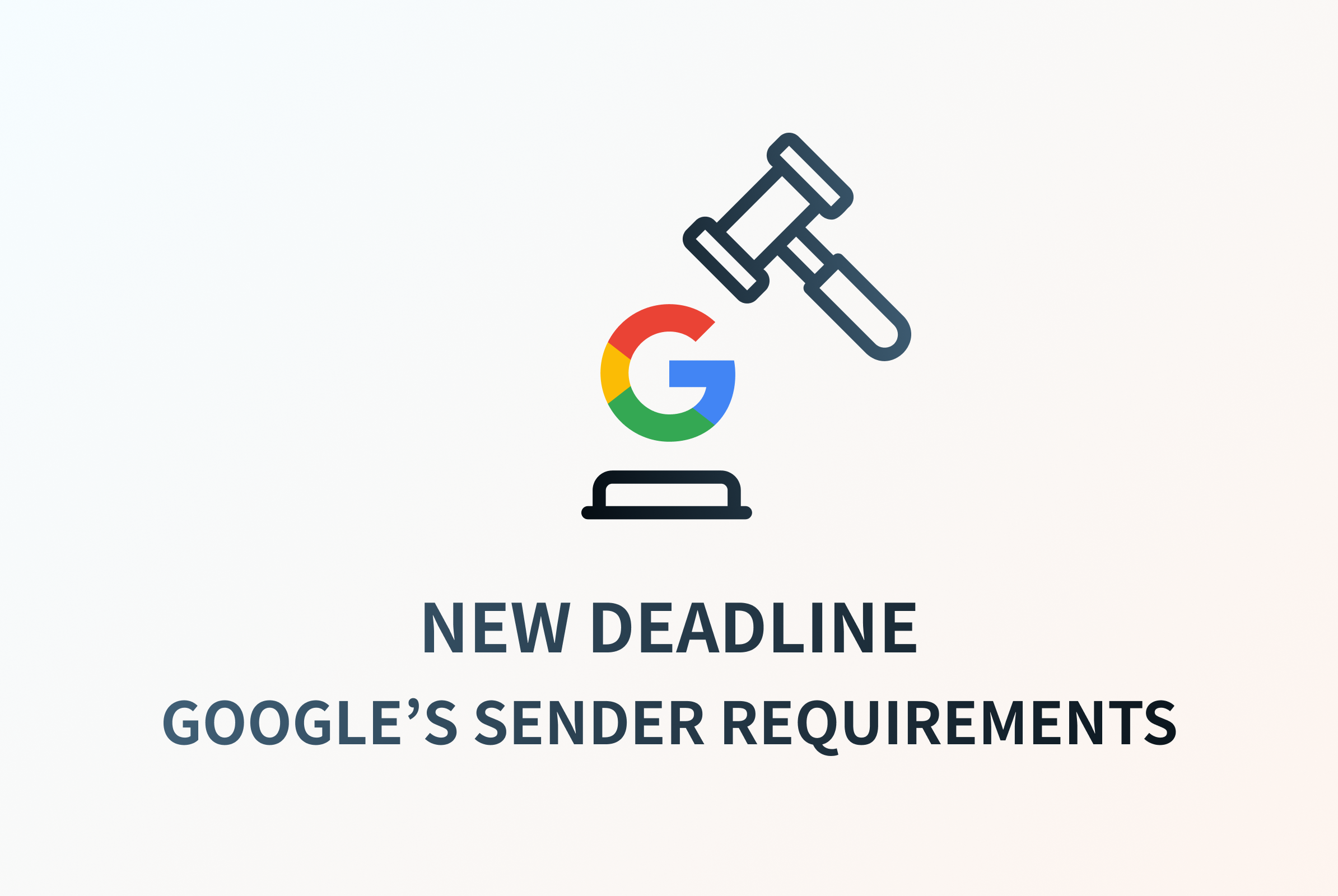Tired of Deceptive Emails? In today's digital world, where email communication reigns supreme, detecting and validating the authenticity of email senders is paramount. Whether for personal or professional purposes, being able to identify fake email senders can protect you from scams, phishing attempts, and potential security breaches. This comprehensive guide will equip you with the knowledge and techniques necessary to spot fake email senders and ensure the legitimacy of the communication.
The Importance of Checking for Authentic Email Senders
Ensuring that you are interacting with genuine email senders holds significant importance. Let's explore the reasons why verifying the authenticity of email senders is vital:
Safeguarding Your Reputation and Deliverability
Real email senders contribute to maintaining a trustworthy and secure online environment. By verifying the legitimacy of email senders, you establish reliable communication channels, safeguard your reputation, and ensure that your messages reach their intended recipients without being flagged as spam.
Ensuring Validity and Security of Communications
Validating email senders ensures that you receive legitimate communications from trusted sources. This validation process confirms that the sender is who they claim to be, reducing the risk of falling victim to phishing attempts or other malicious activities. By prioritizing email authenticity, you protect your own information and guard against potential data breaches.
Preventing Identity Theft and Fraud
Fake email senders are often associated with phishing attacks, where scammers attempt to deceive individuals into revealing sensitive information. By detecting and avoiding fake email senders, you significantly reduce the risk of identity theft and financial fraud. Verifying email authenticity is a crucial step in safeguarding your personal and financial details in today's digital landscape.
5 Effective Ways to Identify a Fake Email Sender
Now that you understand the importance of checking for authentic email senders, let's explore five proven methods to identify and validate a fake email sender:
Scrutinizing the Email Address Domain
Begin by examining the email address domain. Legitimate organizations typically use their own domain names, such as @example.com. Be cautious if the email address features a generic domain or if it appears misspelled or closely resembles a well-known brand. These indicators may suggest a fake email sender.
Examining the Sender's Display Name
Pay attention to the display name associated with the sender. While email addresses can be easily spoofed, the display name can provide valuable insights. Be cautious of any suspicious or generic display names that don't match the expected name of the sender. This can be an indication of a fake email sender.
Detecting Misspelled Words or Grammatical Errors
Scammers often create fake email senders with slight misspellings to deceive recipients. Thoroughly review the email content for misspelled words or grammatical errors. Legitimate organizations prioritize professionalism and accuracy in their emails, so any such errors may indicate a fake email sender.
Hovering Over Links and Attachments
Exercise caution when interacting with links and attachments in emails. Before clicking on any links or downloading attachments, hover your mouse cursor over them to preview the destination URL or file information. If the displayed link or attachment appears suspicious or differs from what you expect, refrain from interacting with it. This simple step can help you avoid phishing attempts and prevent downloading malware onto your device.
Verifying the Sender's Information
When in doubt, independently verify the sender's information. Cross-check the email address and any provided contact details against official sources, such as the organization's website or trusted platforms. Contacting the sender through a separate communication channel can also help confirm the legitimacy of the email.
MethodDescriptionScrutinize the Email Address DomainCheck for generic domains, misspellings, or domains resembling well-known brands.Examine the Sender's Display NamePay attention to suspicious or generic display names that don't match expectations.Detect Misspelled Words or Grammatical ErrorsLook for misspelled words or grammatical errors, as legitimate organizations prioritize accuracy.Hover Over Links and AttachmentsExercise caution by previewing the destination URL or file information before interacting with links or attachments.Verify the Sender's InformationIndependently confirm the email address and contact details through official sources or separate communication channels.
These methods will help you identify and verify the authenticity of email senders, protecting you from scams and phishing attempts.
Preventing Fake Email Senders with DMARC
In addition to detecting fake email senders, implementing robust email authentication protocols can provide an extra layer of protection. One such protocol is DMARC (Domain-based Message Authentication, Reporting, and Conformance). Let's delve into how DMARC works and its integral components:
Introduction to DMARC: An Email Authentication Protocol
DMARC is an email authentication protocol that combats email spoofing and phishing attacks. It empowers email senders to specify how their messages should be handled if they fail authentication tests, strengthening security and control.
SPF Protocol: Securing Sending Servers
Sender Policy Framework (SPF) is a critical component of DMARC. It enables domain owners to specify authorized sending servers for their domain. SPF records, added to the domain's DNS (Domain Name System) configuration, allow receiving servers to verify email authenticity.
DKIM: Authenticating Message Integrity
DomainKeys Identified Mail (DKIM) is another vital element of DMARC. It adds a digital signature to outgoing emails, enabling receiving servers to verify the email's integrity and its origin from the expected domain.
DMARC: Strengthening SPF and DKIM Application
DMARC acts as the overarching protocol that harmonizes SPF and DKIM. It determines how receiving servers should handle emails that fail authentication based on SPF and DKIM results. DMARC policies can instruct the receiving server to quarantine or reject suspicious emails, fortifying domain reputation and protecting recipients from potential harm.
Conclusion
Staying vigilant against fake email senders is essential in our digital era. By implementing the strategies outlined in this guide, you can better protect yourself from phishing scams, identity theft, and fraud. Remember to scrutinize the email address domain, examine the sender's display name, detect misspelled words or grammatical errors, hover over links and attachments, and independently verify the sender's information. Additionally, consider implementing DMARC to enhance email security and authentication. By prioritizing email sender authenticity and maintaining a cautious approach, you can ensure a safer and more secure digital communication experience.
At Palisade.Email, we understand that navigating through all the technical information regarding email sender authentication can be overwhelming. That's why we're here to help! Our team can assess your current email security measures and guide you on the next steps you need to take to ensure the authenticity of your email senders. Don't let fake email senders compromise your communication. Take action now by filling out our quick 2-minute questionnaire here. Safeguard your organization's reputation and protect yourself from scams and phishing attempts today!

.png)



.png)
